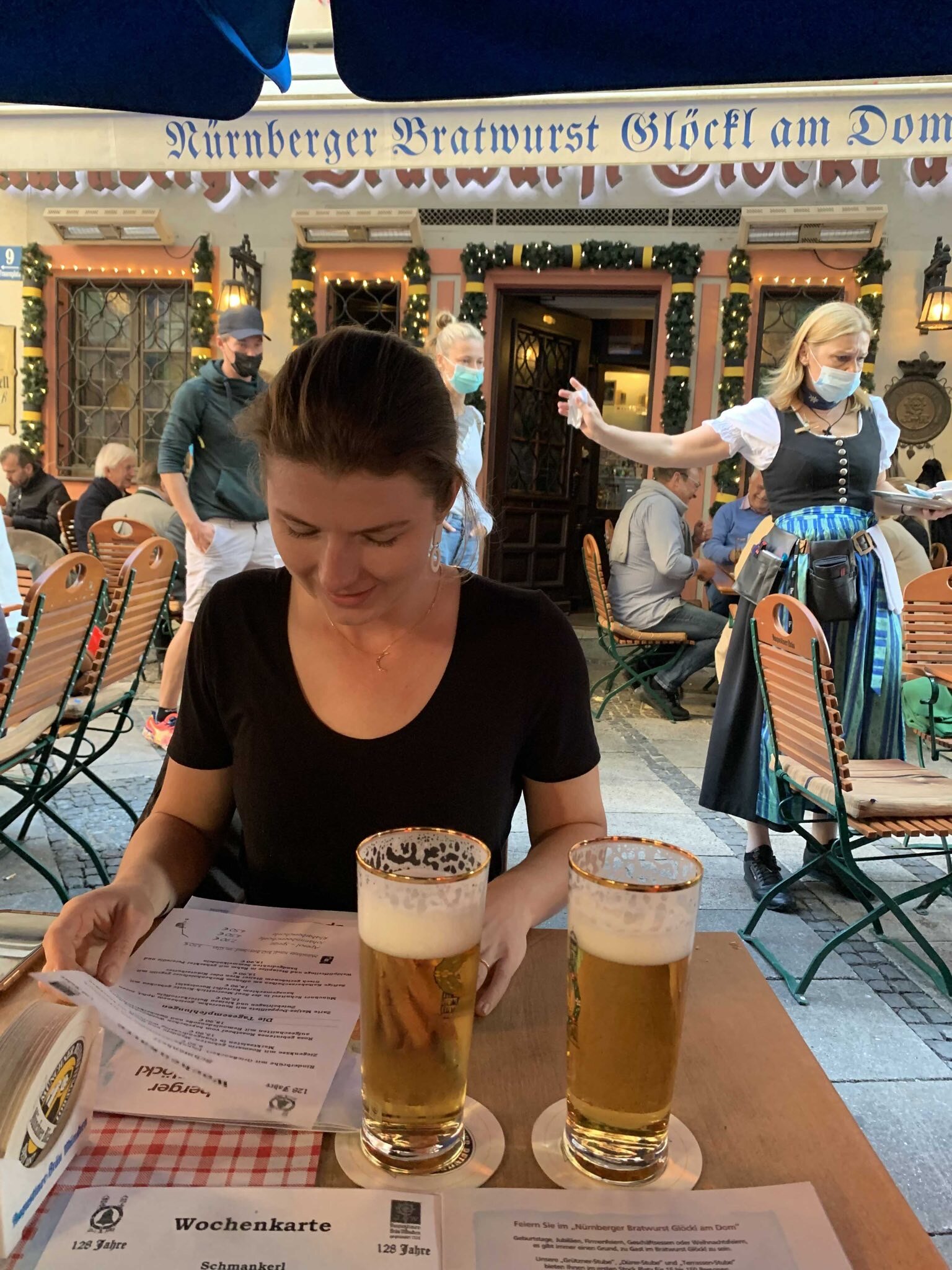From a Rediscovered Thesis to a Convertible on the Autobahn
This week, for the first time in six years, I took the time to reread my senior history thesis.
I spent a year researching and writing that 100+ page document in college, immersing myself in the role of art and aesthetics in Adolf Hitler’s political agenda and the looting of Paris. But I’m embarrassed to admit that since that immersion, I haven’t since found the time to read it through again. Until last weekend.
It began at the Deutsches Historisches Museum in Berlin, which coincidentally has two fascinating exhibits that almost pick up where my thesis left off. One is all about documenta, a contemporary art exhibition in Kassell that was created in part to try to reclaim contemporary art in Germany after Hitler had labeled it “degenerate.”
The other is focused on the artists and architects labeled the “Divinely Gifted” by the Nazis: the ‘good’ ones, subjectively chosen to epitomize the National Socialist aesthetic.
(As opposed to the “degenerate” Jewish, Slavic and modernist/abstract artists and architects who were persecuted, forced to flee the country and in some cases sent to their deaths in concentration camps.)
The exhibit follows some of these “favored” artists and architects’ post-war careers. As it turns out, many continued earning their livelihood from commissions, despite scattered protests of their work. And the exhibit powerfully documents the 300+ public works of those “divinely gifted” artists commissioned during and after the Nazi era which remain standing in Germany and Austria.
In my thesis, I cited Hitler’s belief that “No people lives longer than the evidences of its civilization (Kultur)." It was a driver of his fixation on curating and manipulating the art and architecture of his Third Reich. He saw them as the longest legacy of his empire. And in a strange way, he was right.
Very active questions about the Nazis’ effects on culture lingers to this day. Take that exhibit, implicitly asking about the role of these men and their work in today’s world? And take the state’s Limbach Kommission, which still grapples with ongoing cases of dispute over allegedly looted art.
Anyways. This tangent I’m on is emblematic of the gift of this fellowship. Creating the space for me to take a moment to reread my own thesis.
But back to Munich. Where I am for 10 days, and where this fellowship has also created space for to explore Bavaria.
Yes there has been Bavarian beer. And what seems to be Bavarian pimento cheese (Obazda).
But also, there was a visit to the State of Georgia’s Economic Development office in Munich, which is full of Georgia touches…peanut butter, a UGA football helmet and a Georgia Tech football. I was there working on a story about the economic development relationship between the two. Interestingly…it’s extraordinarily strong.
And to tell that story I made two other stops this week, to Nuremberg and Regensberg. The conversations were great and the cities were beautiful, but the undeniable highlight was driving in a convertible with the top down on the autobahn.
I wonder what next week will bring!

